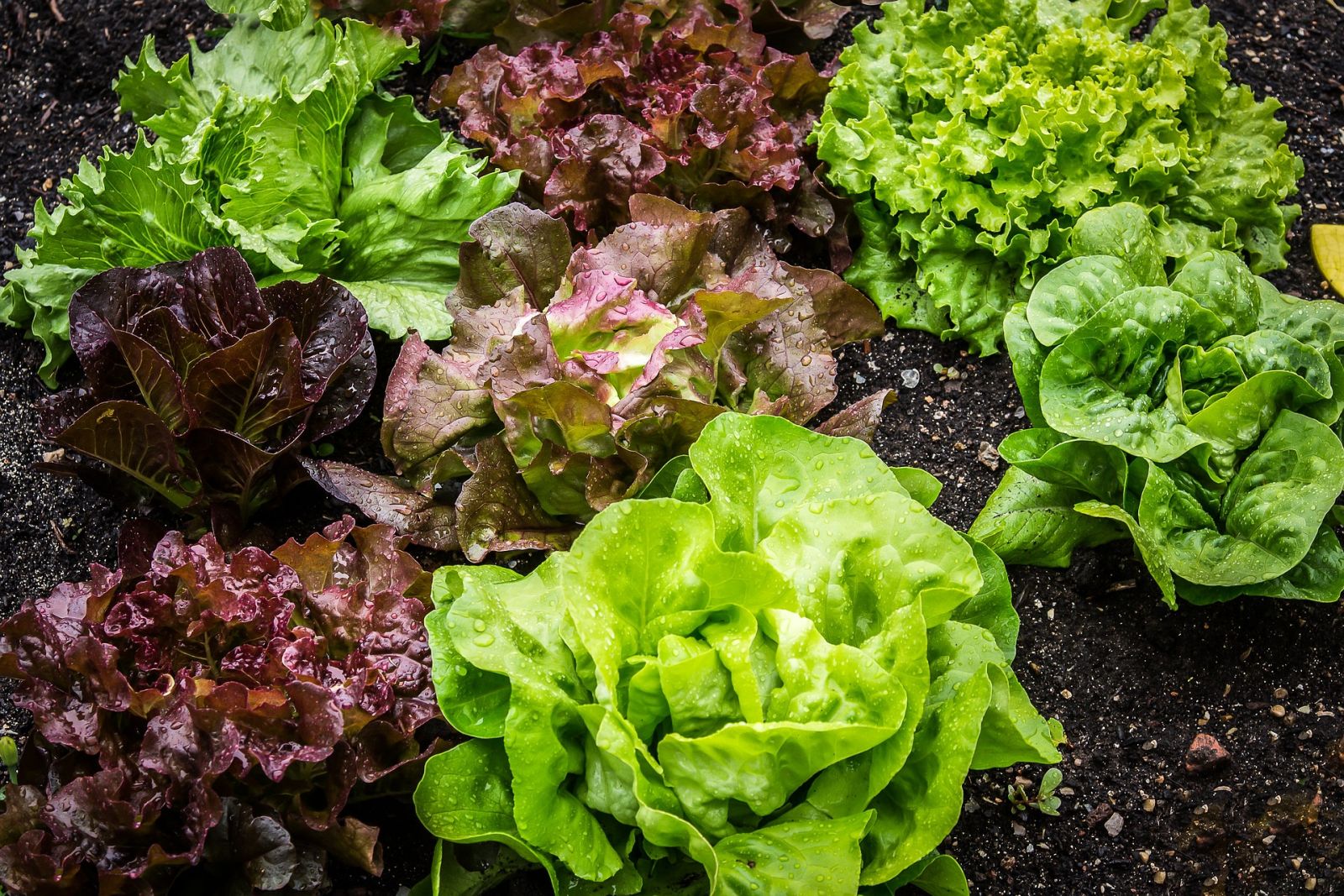How to Start Vegetable Gardening: A Beginner's Guide
Starting a vegetable garden can be a fulfilling and rewarding experience, especially for beginners. It not only provides fresh, organic produce but also promotes sustainability and helps reduce your carbon footprint. In this comprehensive guide, we will cover everything you need to know to start your vegetable garden from scratch.

Choosing the Right Location:
The first step in starting a vegetable garden is choosing the right location. Ideally, you want a spot that receives at least six hours of sunlight per day, has well-draining soil, and is protected from strong winds. You should also consider factors like proximity to a water source and accessibility.
Preparing the Soil:
Once you have selected the perfect spot, it is time to prepare the soil. Start by removing any debris like rocks, weeds, and old plant material. Next, loosen the soil using a garden fork or tiller. If your soil is compacted, add organic matter like compost or well-aged manure to improve its structure and fertility.
Choosing Your Vegetables:
Now that you have prepared the soil, it is time to choose which vegetables you want to grow. Start by considering what vegetables you and your family enjoy eating, as well as what grows well in your climate. Some easy-to-grow vegetables for beginners include tomatoes, lettuce, cucumbers, carrots, and peppers.
Planting and Caring for Your Vegetables:
When it comes to planting your vegetables, there are a few things to keep in mind. First, make sure to space your plants according to the recommendations on the seed packet or plant label. This will ensure that each plant has enough room to grow and produce. Second, water your plants regularly, making sure to keep the soil consistently moist but not waterlogged. Finally, keep an eye out for pests and diseases, and take appropriate action if you notice any issues.
Harvesting Your Vegetables:
As your vegetables begin to mature, it is time to start harvesting. Most vegetables are ready to be harvested when they are fully grown and have reached their peak color. Some vegetables, like tomatoes and cucumbers, are best picked when they are still slightly underripe, while others, like carrots and radishes, should be harvested as soon as they are ready.
Conclusion:
Starting a vegetable garden can be a fun and rewarding experience, especially for beginners. By following the tips and techniques outlined in this guide, you can be well on your way to growing your own fresh, organic produce. Remember to choose the right location, prepare the soil, choose the right vegetables, plant and care for your vegetables, and harvest them at the right time. With a little patience and hard work, you can enjoy the fruits of your labor in no time.
